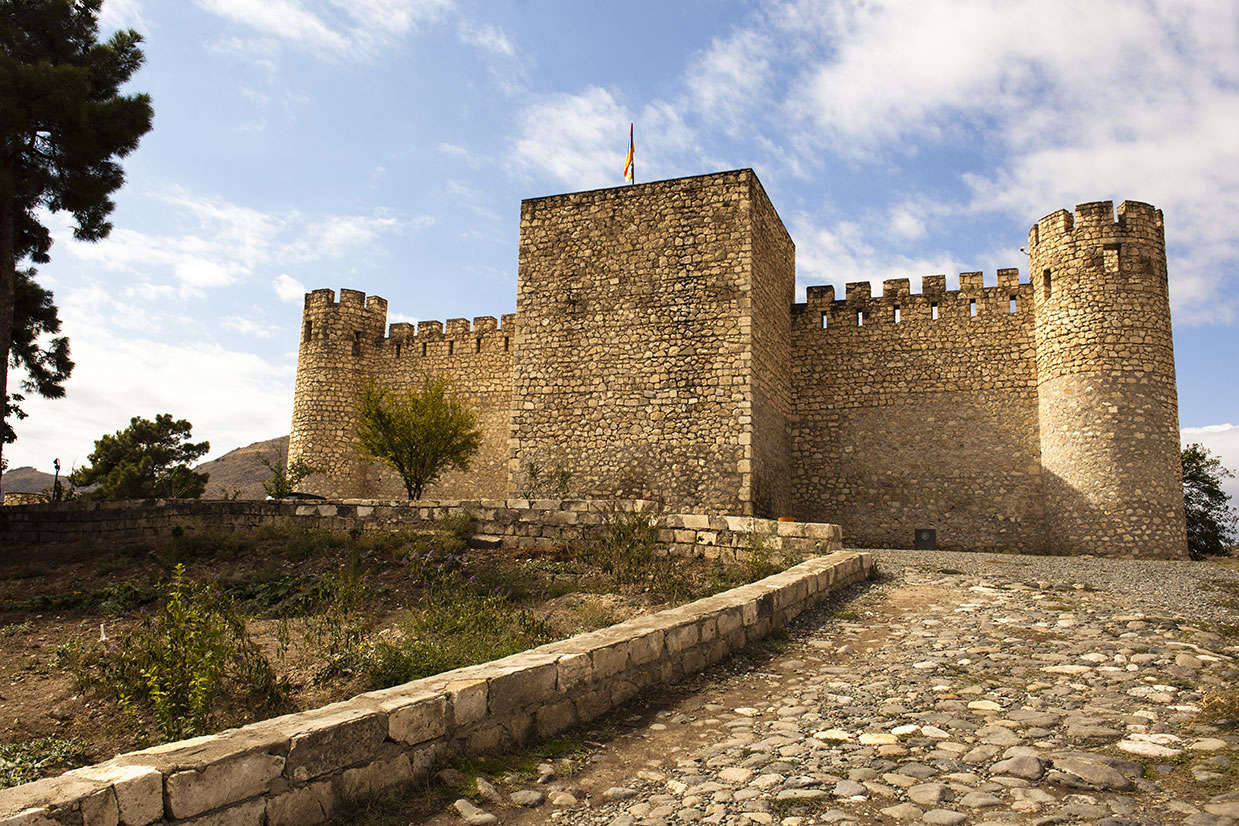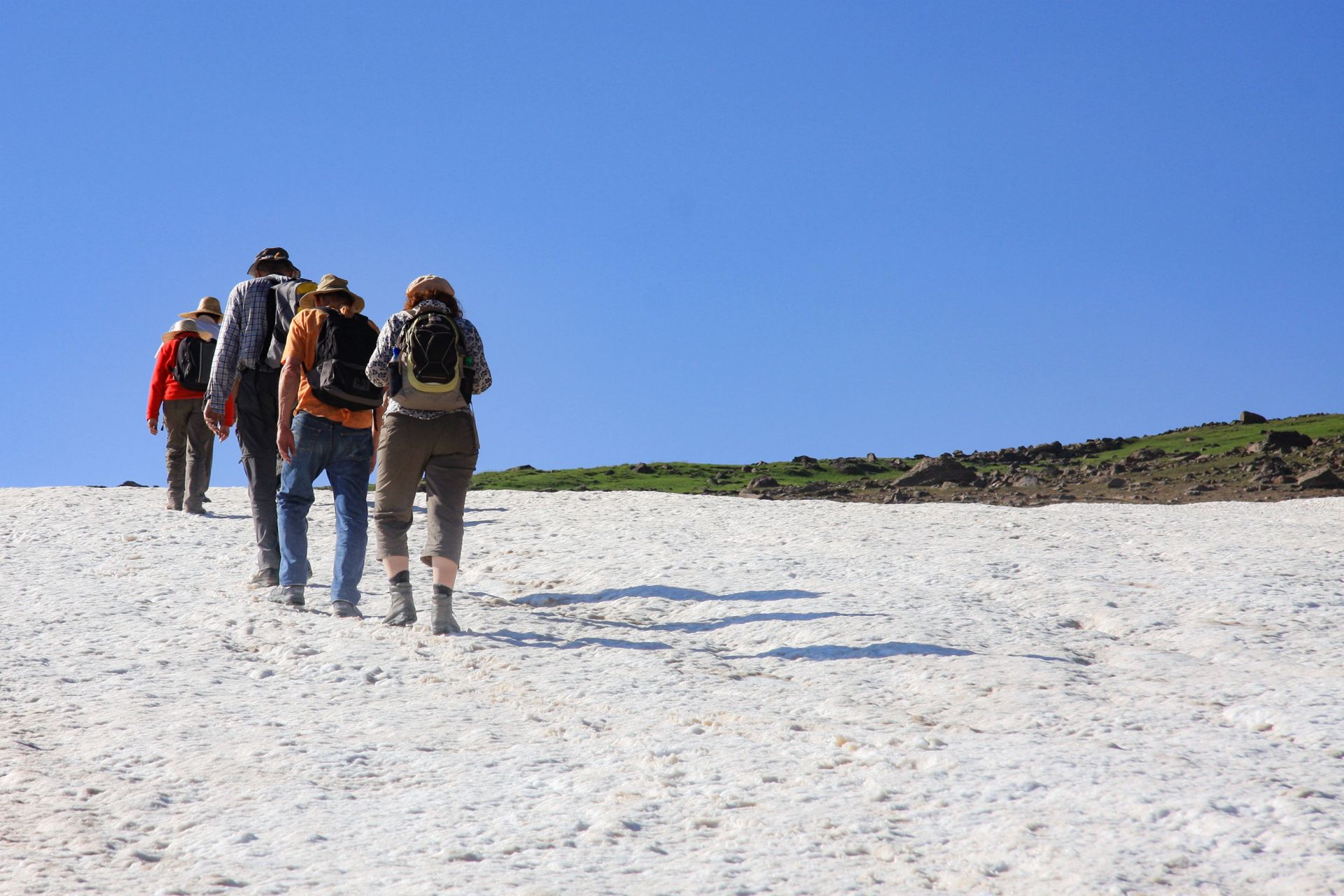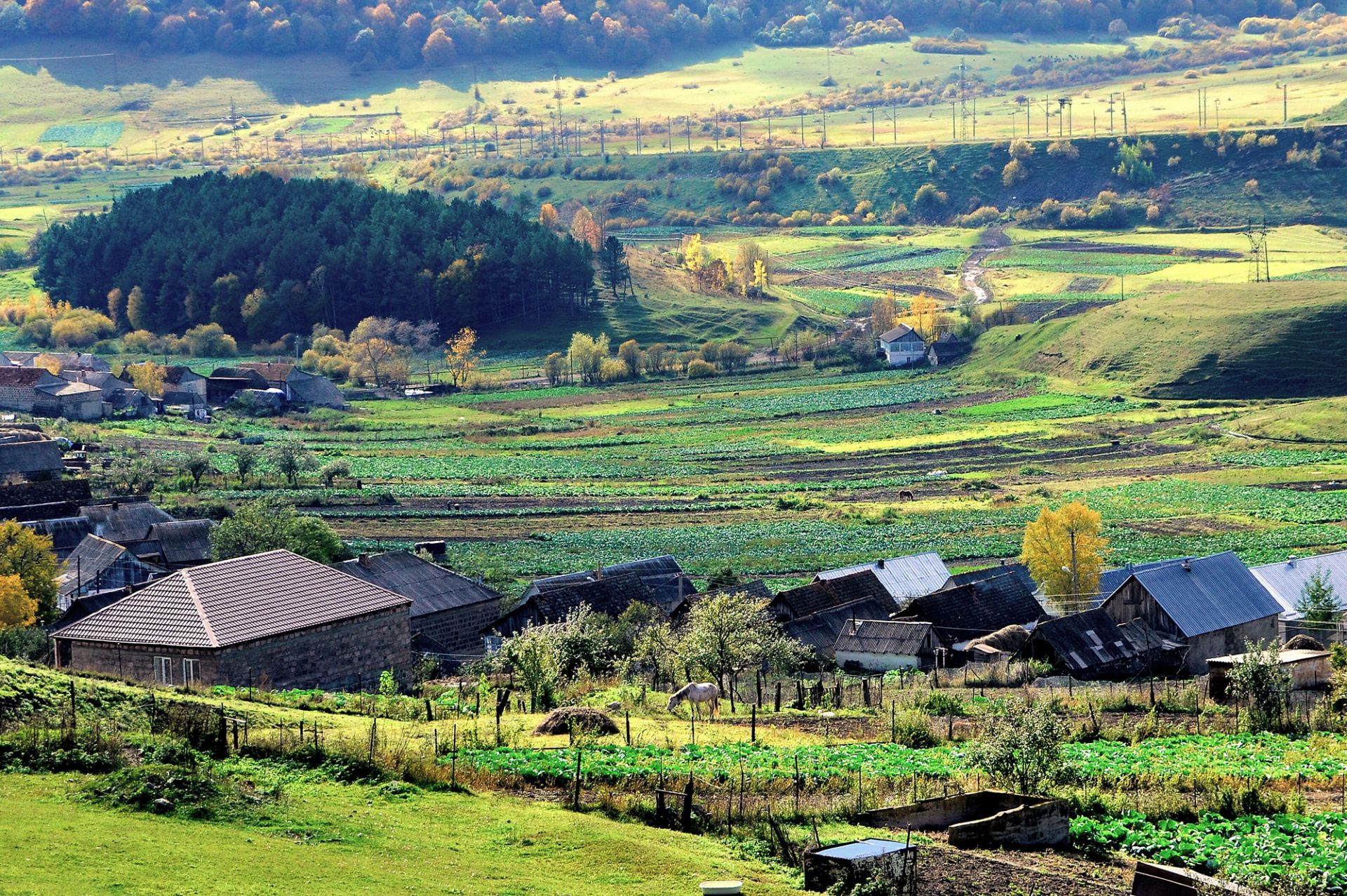Tigranakert
Tigranakert is a ruined Armenian city from the Hellenistic period. It covers an area of about 50 hectares and is located in the province of Martakert in the Republic of Artsakh, about four kilometres south of the Khachenaget. It is one of several former cities on the Armenian plateau of the same name, which was named in honour of the Armenian King Tigran the Great (reigned 95-55 BC). According to Greek and Roman written testimonies, Tigran II the Great (95 - 55 BC) is said to have founded four cities that bore his name. One of them is located in Artsakh (Nagorno Karabakh). Tigranakert was mentioned for the first time in the 7th century by two Armenian historians: they report that the city was located on the banks of the Khachenaget, one of the most important rivers in Artsakh, at the crossroads of the mountain range and the steppe. It was also on a busy trade route connecting Armenia with Georgia. Tigranakert was rediscovered in 2005 and the excavations began in 2006: archaeologists uncovered the citadel, the city's main square, and the basilica. The construction sites and artefacts suggest that Tigranakert was active since the 1st century BC. It was inhabited until the 14th century AD. The city must have been built according to a well-designed plan and should have represented an architectural masterpiece. In 2010, a museum was opened near the archaeological site, displaying the artefacts of the last 5 years.
The city was located in the province of Great Armenia. Archaeologists and historians claim that the city dates back to 120's to 80's under King Tigran I or his son and successor King Tigran the Great. After the first city of Tigranakert was ruined in the early Middle Ages, the name of the city was preserved and used in local geographic lore as Tngrnakert, Tarnakert, Taraniurt, Tarnagiurt, and Tetrakert. Today, the early Christian cave complex and the rock-carved canal that flowed around Tigranakert can still be unveiled. The complex was dug through the rocky bank of the river. The church of the city consists of a narthex and a rocky cemetery. The path leading to this complex is carved out of rocks and many cross-shaped carvings, and a few Armenian and Greek inscriptions surround its walls. A water channel, which also had a tunnel-like section, was also discovered. It is probably connected to the water supply of the town of Tigranakert and the agricultural areas of its surroundings. The findings also prove that the lower hill of the Khachenaget was a unique cultural and natural site that represents the persistence of the Armenian ethnic and cultural existence to modern times.
The excavations in Tigranakert began in March 2005, when it was first discovered and the process of excavation is currently under the direction of Dr. Hamlet L. Petrosyan from the Institute of Archeology and Ethnography of the Armenian Academy of Sciences. Archaeologists have discovered two of the city's main walls as well as Hellenistic towers and an Armenian basilica dating back to the fifth-seventh centuries. In 2008, the excavation team quitted the exploration process on the area because of lack of financial means, although the authorities of Artsakh had promised to provide 30 million drams for further research. In June 2010, a museum dedicated to the study and conservation of artefacts from Tigranakert's ruins was opened in the adjacent Shahbulag Castle near the former city of Aghdam. Finally, the complete and thorough excavation of Tigranakert and the entire lower hills of the Khachenaget should be one of the main points of Armenian studies.





